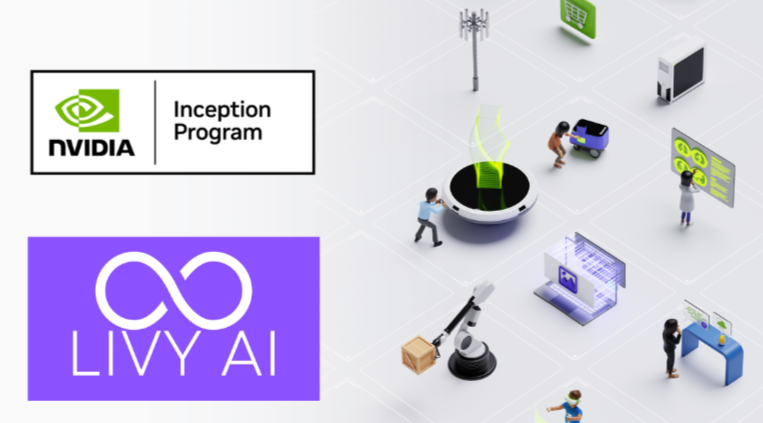
In the riveting realm of technology, where innovation spirals into realms once deemed science fiction, the terms Artificial Intelligence (AI) and Machine Learning (ML) often come to the fore. Yet, despite their recurrent use, a haze of ambiguity continues to shroud their exact meanings and the fine line distinguishing the two. This article endeavors to decode these pivotal tech terms, delineating their differences and unveiling their interconnection.
The Broader Canvas: Artificial Intelligence (AI)
Artificial Intelligence, the broader concept, is a frontier in computing technology aimed at mimicking human intelligence. AI embodies the endeavor to simulate human thinking within machines, empowering them with capabilities such as problem-solving, learning, planning, and understanding natural language. It's about creating smart machines capable of executing tasks that typically require human intelligence.
Categories of AI:
-
Narrow or Weak AI:
- Specialized in performing a narrow task.
- Examples include Siri, Alexa, and Google Assistant.
-
General or Strong AI:
- Machines with generalized human cognitive abilities.
- Capable of understanding, learning, and applying knowledge similarly to a human.
-
Superintelligence:
- A futuristic form where machines surpass human intelligence across all practical aspects.
A Subset of Intellect: Machine Learning (ML)
Machine Learning, a crucial subset of AI, is a mechanism enabling computers to learn from data and improve over time. Unlike traditional programming where instructions are explicitly given to perform a task, ML algorithms use statistical techniques to learn from data and make predictions or decisions.
Core Differences:
-
Scope:
- AI has a broader scope encompassing anything that allows computers to mimic human intelligence.
- ML is specifically focused on the development of algorithms that can learn from and perform tasks.
-
Goal:
- The goal of AI is to create systems capable of performing tasks that require human intelligence.
- ML aims to enable machines to learn from data so they can give accurate predictions or decisions.
-
Learning:
- AI can be rule-based and doesn't necessarily have to learn from data.
- Conversely, ML is data-driven, requiring a dataset to learn from to generate accurate predictions.
-
Outcome:
- AI strives for accuracy and seeks to replicate human decision-making.
- ML emphasizes predictions and is bound to the data it is trained on.
Interaction:
Machine Learning is a stepping stone towards the realization of AI dreams. By automating and improving data processing, ML accelerates the evolution of AI, propelling us closer to the day when machines may potentially reason like humans.
Applications in a Nutshell:
Both AI and ML are the linchpins of myriad contemporary technological marvels:
- Predictive Analysis: Forecasting trends based on existing data.
- Voice and Speech Recognition: Powering digital assistants.
- Image Recognition: Used in autonomous vehicles, security systems.
- Medical Diagnosis: Predicting diseases and diagnosis.
Concluding Remarks:
Understanding the distinction and the relation between AI and ML is like distinguishing the forest from the trees. Machine Learning is among the methods we are utilizing to bring the overarching vision of Artificial Intelligence to life. As they continue to evolve, the enigmatic promise of machines comprehending and operating in our complex world comes tantalizingly closer.

